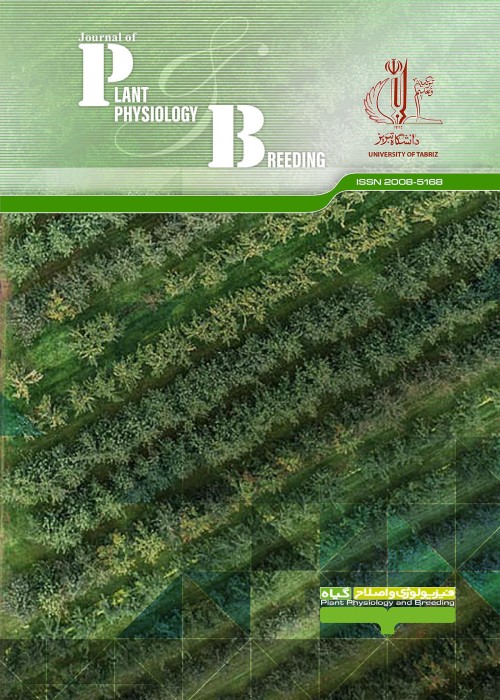Interpretation of genotype × environment interaction for grain yield of barley using the GGE biplot method
The identification of the most favorable cultivar(s) with high yield and stable performance is usually done based on the analysis of the genotype × environment (GE) interaction. The yield stability of 16 barley lines with two check varieties was studied in a randomized complete block design with four replications across three years at five locations in a multi-environment trial layout. The dataset was analyzed with a GGE (genotype main effect (G) + GE interaction) biplot method. Results indicated that the first two principal components (PCs) explained 81, 78 and 71% of the GGE sum of squares for 2017, 2018 and 2019 growing seasons, respectively. According to the average environment coordinate abscissa, G2, G13 and G18 were the best genotypes in terms of grain yield in years 2017 and 2018 while genotypes G2, G7 and G14 were the highest yielding genotypes in 2019. When both yield performance and stability were considered simultaneously, the G2 and G13 genotypes in 2017 and G2, G8 and G13 in 2018, were closer to the ideal genotype. In 2019, G2, G7 and G14 were the best in terms of grain yield and stability. In the "which-won-where pattern", the five locations in 2017 fell into four sectors with different winning genotypes as G2, G5, G14 and G13. In 2018, the five locations fell into three sectors in which G2, G4 and G17 were the highest yielding genotypes while in 2019, locations were positioned in four sectors and G2, G7, G10 and G13 were chosen as the winning genotypes. However, for practical use of the “which-won-where” pattern, the mean performance of genotypes over three years in the five test locations was taken into account. Although the results revealed six mega-environments, by neglecting small differences, we can assume only one mega-environment in which G2 (the check variety Khorram) was the best performing genotype.
- حق عضویت دریافتی صرف حمایت از نشریات عضو و نگهداری، تکمیل و توسعه مگیران میشود.
- پرداخت حق اشتراک و دانلود مقالات اجازه بازنشر آن در سایر رسانههای چاپی و دیجیتال را به کاربر نمیدهد.


